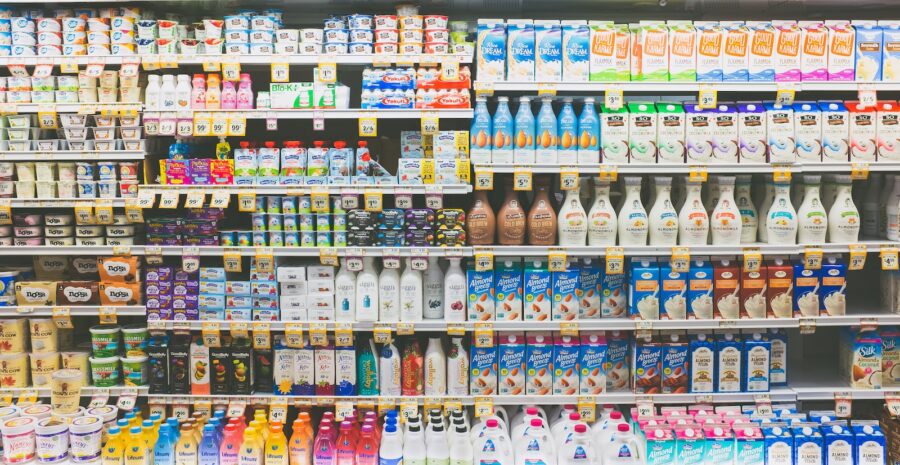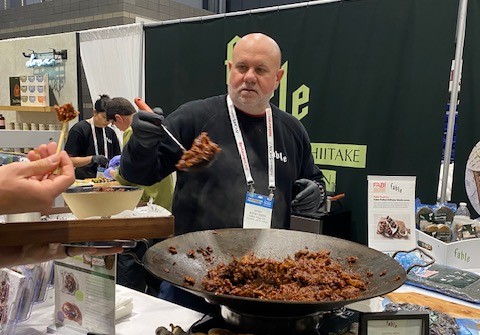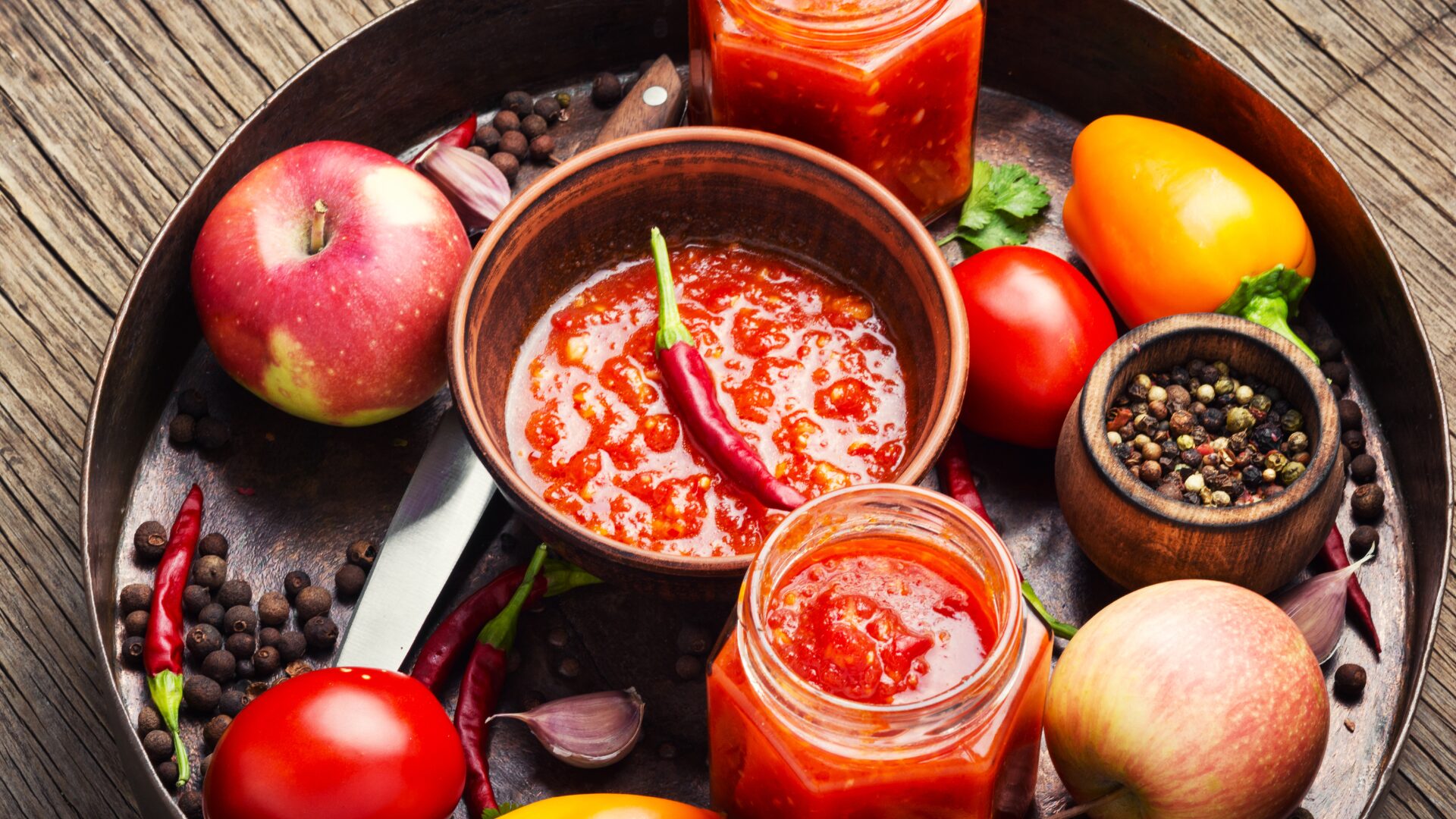Jillian Bohlen, a Georgia State Dairy Extension Specialist, is extremely passionate about her profession.
That said, she knows the traditional dairy category must continue to adjust to changing times.
“What I see now is a need for rapid innovation within the dairy case to again draw the eye of the consumer,” said Bohlen, Ph.D., an associate professor at the University of Georgia, in a recent email exchange with The Food Institute.
“The quality of the product exists, the health benefits are proven, and the care of the farmer for consumer, animal, and environment evident to all of those within the industry.”
However, Bohlen added, the dairy industry must do a better job at marketing itself and advertising its most innovative products. Because – despite the steady stream of alternative dairy products out there these days – there is innovation taking place within the traditional dairy category. The current state of the dairy industry serves as the primary topic of this month’s Food Institute report, which was made available this week to members (to join FI, click here).
“The industry as a whole needs to not just tell their story but shout from the rooftops the health benefits of the product,” Bohlen said, alluding to products like traditional milk, which is a natural source of 13 essential nutrients, like calcium and vitamin D.
“The ‘If you make it, they will come’ [tactic] is no longer a strong marketing strategy,” the dairy expert added. “Instead, (the) industry must advertise.”
In 2022, the dairy industry is touting products like low-lactose yogurts as it attempts to meet the demands of increasingly health-conscious young adults.
“I think COVID caused many consumers to be more concerned about their health and longevity,” said Grace Lewis, Ph.D., an assistant professor of human science at the University of Wisconsin-River Falls. “With this, there has been growing concern about the state of one’s gut [health]. … But there are many links between the bacteria in our gut and our health; one of the great dairy products is yogurt, which has probiotics – i.e. live microorganisms – which gives yogurt a good-for-your-gut quality. The same could be said for cottage cheese.”
Lewis’s coworker, Luis Pena-Levano, Ph.D., also notes that the dairy industry is making strides toward more sustainable management practices, by utilizing pasture-based diets for cows, which has motivated many farmers to move toward organic certification and to use cover crops, careful manure management, bio-digestors, and renewable energy like solar panels.
Many industry experts agree, however, that the dairy industry needs to market more innovative products as it seeks to end issues like what the National Milk Producers Federation calls “a decades-long decline in fluid milk consumption.”
“The reality is that consumers have so many options when it comes to beverages,” Bohlen said, “and their choices are largely driven by taste and health benefits. Dairy production innovations that capture these consumers with novel products is where I believe some real growth could occur for dairy product consumption.”










